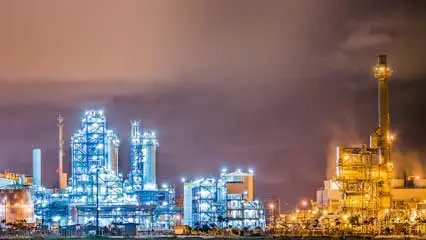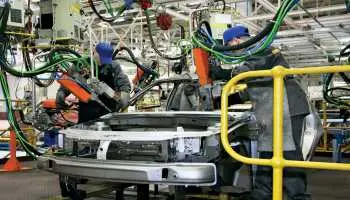Global PEM Fuel Cell Marketis projected to be worth 13.93 billion by 2033 and is anticipated to surge at a CAGR of 15.26%.
A proton exchange membrane (PEM) fuel cell is an electrochemical device that converts chemical energy from hydrogen and oxygen into electricity while releasing only water and heat as byproducts. It operates at relatively low temperatures, usually between 60°C and 80°C, with a solid polymer membrane acting as the electrolyte. The PEM fuel cell is composed of a membrane electrode assembly (MEA), which is where the electrochemical reaction occurs. PEM fuel cells are widely used in transportation, portable power devices, and stationary power applications, contributing to global efforts to achieve sustainable energy solutions.
Drivers: The growing demand for clean and efficient energy solutions in a variety of industries is propelling the PEM fuel cell market. Governments are encouraging the use of hydrogen technologies with incentives, subsidies, and favourable laws aimed at lowering carbon emissions. The increased focus on fuel cell electric cars is also driving industry expansion. Technological developments, such as increased membrane durability and cost-effective catalysts, are enhancing overall performance while lowering prices. Furthermore, the demand for dependable, high-density power sources in transportation, portable electronics, and stationary power systems is driving the development of PEM fuel cells in a wide range of applications.
Challenges: The PEM fuel cell market confronts numerous serious difficulties that prevent mainstream deployment. One of the most significant challenges is the high cost of production, which is exacerbated by the usage of expensive platinum-based catalysts. Furthermore, the scarcity of hydrogen refuelling infrastructure poses challenges for the deployment of fuel cell vehicles and stationary devices. Concerns about hydrogen storage, safety, and transportation further impede industry expansion. PEM fuel cells' endurance and slow performance deterioration have an impact on long-term reliability.
Market Trends: Rising government support for fuel cell electric vehicles (FCEVs) and increased efforts by car manufacturers are important developments driving the PEM fuel cell industry. Governments around the world are encouraging zero-emission transport through subsidies, incentives, and infrastructure development. This encourages consumers to switch to clean-energy automobiles. Simultaneously, automakers are investing in the development of hydrogen-powered vehicles and creating alliances with fuel cell technology vendors to improve efficiency and scaleability. These joint initiatives and policy-driven actions are hastening the deployment of PEM fuel cells in the transportation industry, thereby promoting long-term sustainability and emission reduction objectives.
Global PEM Fuel Cell Market Key Players:
Altergy, AVL, Ballard Power Systems, Cummins Inc., Doosan Fuel Cell Co., Ltd., ElringKlinger AG, Horizon Fuel Cell Technologies, Infinity Fuel Cell and Hydrogen, Inc., Intelligent Energy Limited, ITM Power PLC are just a few of the major market players that are thoroughly examined in this market study along with revenue analysis, market segments, and competitive landscape data.
Global PEM Fuel Cell Market Segmentation:
By Type: Based on the Type, Global PEM Fuel Cell Market is segmented as; High Temperature, Low Temperature.
By Application: Based on the Application, Global PEM Fuel Cell Market is segmented as; Membrane Electrode Assembly, Hardware, Others.
By Material: Based on the Material, Global PEM Fuel Cell Market is segmented as; Stationary, Mobile, Portable.
By Region: This research also includes data for North America, Latin America, Asia-Pacific, Europe, Middle East & Africa.This study also encompasses various drivers and restraining factors of this market for the forecast period. Various growth opportunities are also discussed in the report.





































